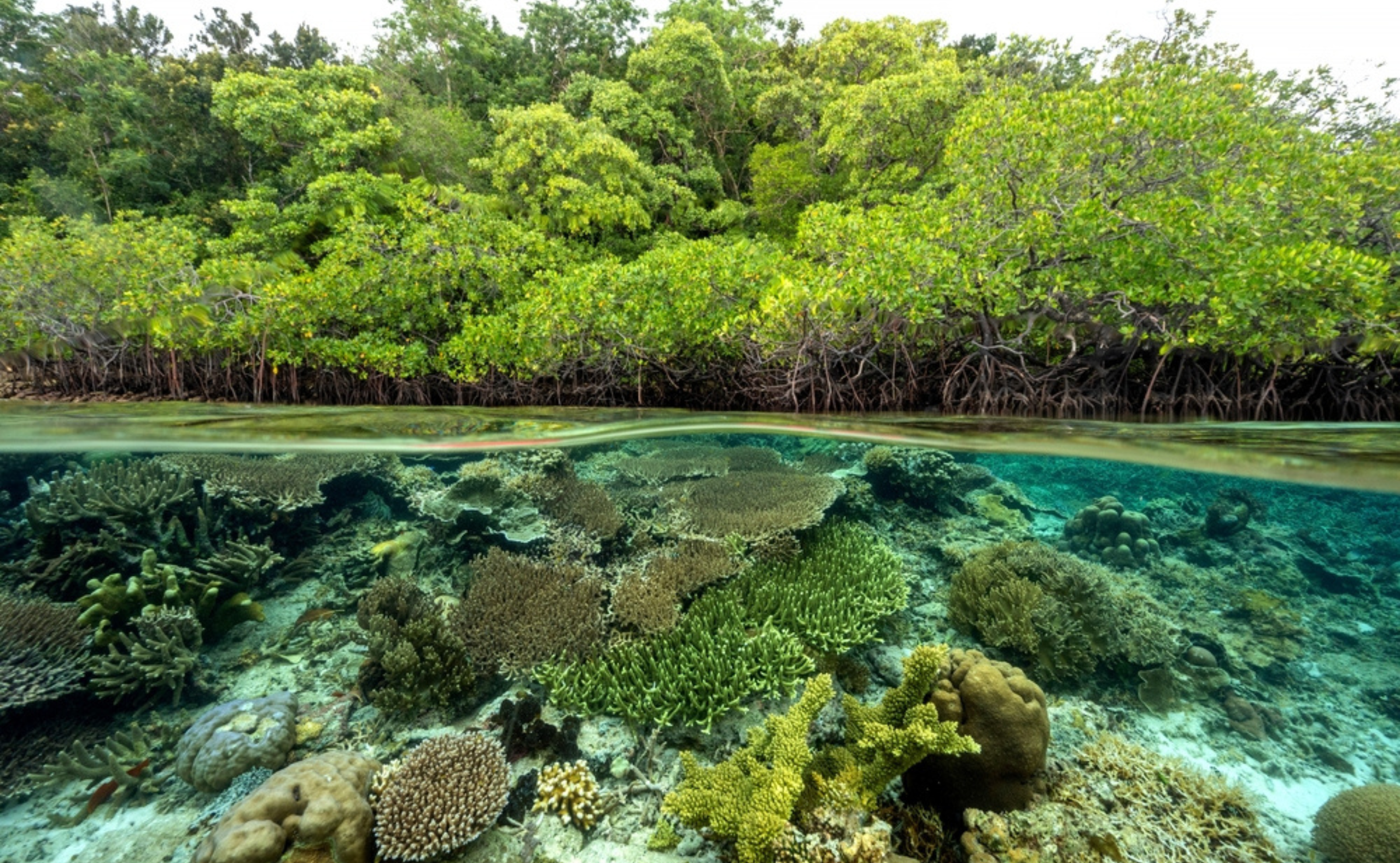
Target 3 of the Kunming-Montreal Global Biodiversity Framework, also referred to as “30×30,” calls for the effective protection and management of 30% of the world’s terrestrial, inland water, and coastal and marine areas by 2030. These ecosystems are vital components of natural capital, encompassing soil, geology, air, water, minerals, and all living organisms. Natural capital is the source of a wide range of market and nonmarket goods and services, also called ecosystem services, that are essential for human well-being and driving economic development.
However, natural capital has been experiencing a severe decline due to the overexploitation of natural resources, as seen in the high rates of deforestation, pollution, and land use mismanagement. Losses are happening faster than regeneration, leading to the depletion of natural capital. These factors, compounded by the impacts of climate change, will have irreversible consequences if we continue business as usual.
Traditionally, the full value of natural capital and ecosystem services has not been recognized by economic systems. This is important because economic growth cannot be sustained if natural capital is degraded and depleted. In developing countries, natural capital accounts for a significant part of their wealth. Sharp declines in ecosystem services can result in significant losses of gross domestic product. Therefore, integrating nature into economic decision-making and valuing nature is a critical step for policy makers to take toward protecting these resources, promoting sustainable development, and encouraging much-needed investment in their protection and regeneration. For example, mangroves are important for protecting coastal areas from flooding and erosion due to storms and tidal surges, and protecting them can generate important savings.
Adding Value to Nature
One approach to raising awareness is pricing nature. The valuation of nature in monetary units provides comparable metrics to assess the benefits and costs of natural capital to increase its visibility and promote more sustainable practices for policy makers, investors, and other stakeholders. It also provides a means of evaluating investment decisions for both regular infrastructure investments and their impact on nature and investments in nature. The monetization of natural assets can help the private sector to better understand the impacts of their operations on natural ecosystems and local communities. Likewise, it will inform policy decisions on the appreciation and depreciation of natural assets and the distributional impacts of investing in protecting natural capital.
The first step is recognizing the linkages between nature, market goods, nonmarket goods, and the impacts of ecosystem services and their value. For market goods, the linkages are easier to assess, but for nonmarket goods such as biodiversity, air quality, and water quality, which are not traded in markets, observing human behavior and utilizing natural capital methods or stated preference methods will help in understanding what those values are. Impacts observable through human behavior related to nonmarket goods, services, and assets include tourism, property value, and labor, while impacts not observable through behavior include threatened species valuation. The use of existing databases from other regions can also provide some insight into the value of ecosystem services for calculations.
Policy Instruments and Economic Tools to Protect Natural Capital
Once the monetary value of natural capital has been assessed, there are several policy instruments and tools available to increase investments for protecting and restoring nature. Let’s explore three options.
First, green and blue bonds provide opportunities for investors to support nature-based solutions. Green bonds are generally used to finance climate change mitigation projects in renewable energy and energy efficiency, but they are increasingly being used for other environmental initiatives, such as improving water quality, protecting coastlines, and sustainable forest management. In recent years, there has been growing interest in blue bonds, which include investments that contribute to marine and coastal ecosystem management and restoration, pollution control for marine and coastal environments, including rivers that feed into an ocean, and sustainable coastal and marine development.
Second, payments for ecosystem services (PES) refers to mechanisms to pay managers who deliver positive externalities through nature-positive actions. This happens through payments from the beneficiaries of the environmental service. For instance, after decades of degradation of watersheds due to overexploitation in Viet Nam, a PES scheme at the national level was successfully established to promote forest conservation and create sustainable livelihoods for local communities.
Third, creating incentives to protect natural capital is a policy instrument that can promote more sustainable land use. Under initiatives such as Reducing Emissions from Deforestation and Forest Degradation (REDD+), governments can support the enhanced maintenance and management of forests and at the same time leverage forests for carbon sequestration for climate change mitigation.
Understanding the link between natural capital and economic development is a crucial step for policy makers. Once this connection is made and natural capital is appropriately valued, the public and private sectors must work together to align policies and practices to protect natural capital. Moving forward, it will also be imperative to integrate nature-related reporting into other sustainability reporting standards and provide more transparency. This will help to increase engagement with the private sector on its impacts on nature and raise awareness of risk exposure to ensure stronger commitments to protecting a sustainable future for all.
This blog was prepared following Episode 4 of the Webinar Series on the Economics of Climate Change.
Readers interested in learning more about how ADB intends to scale up nature-based solutions can visit the Nature Solutions Finance Hub.







